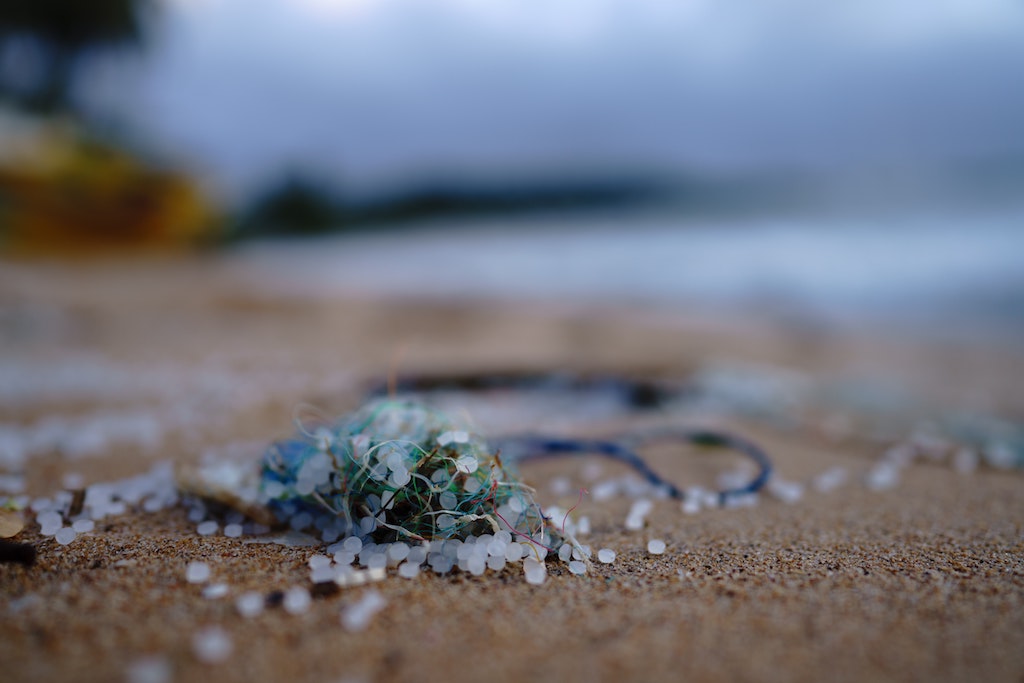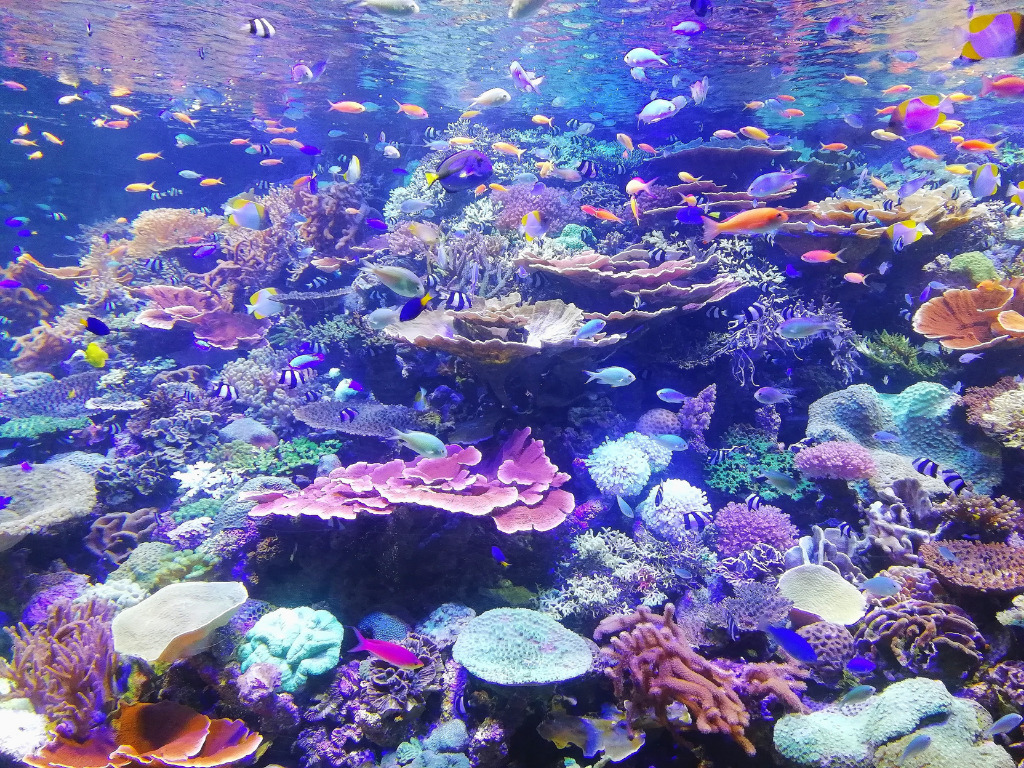3 Mins Read
Microbes found in oceans and soil are showing evolutionary adaptations that allow them to digest microplastic—and this could help fight plastic pollution.
Microbes have long been early adopters of evolution—credit their short life spans, and significant generational changes can take place inside of a single day. Now, it seems, they’re evolving to tackle one of humankind’s biggest problems: microplastic.
According to a recent study, published in the journal Microbial Ecology, microbes in oceans and soil are creating enzymes that help them break down plastic. In other words, they’re eating it much in the same way as food.
Microplastics are creating macro-sized problems for oceans and soil-based ecosystems. An estimated eight million tons of plastic makes their way into the oceans every year.
According to the new research, a look at more than 200 million gene samples found 30,000 different types of enzymes able to break down ten types of plastic.
“We found multiple lines of evidence supporting the fact that the global microbiome’s plastic-degrading potential correlates strongly with measurements of environmental plastic pollution—a significant demonstration of how the environment is responding to the pressures we are placing on it,” Professor Aleksej Zelezniak at Chalmers University of Technology in Sweden, said in a statement.
Plastic pollution
The study, the first large-scale assessment of its kind, could help address the global plastic pollution problem, the researchers said. According to the findings, nearly 60 percent of the enzymes discovered did not fit into any known class of enzymes.
Some 12,000 of the enzymes were found in ocean samples from nearly 70 locations ranging across three depths. The researchers say the higher levels of degrading enzymes were found at deeper levels, where the higher levels of plastic pollution are located.

Soil samples were collected from nearly 170 locations across 38 countries and 11 habitats. These contained 18,000 different plastic-eating enzymes. Many of these enzymes were specifically aimed at phthalates, harmful chemicals often added to plastics for durability.
Now, the research team says the next step is to test the most promising enzymes to see what level of plastic degradation is possible.
“From there you could engineer microbial communities with targeted degrading functions for specific polymer types,” Zelezniak said.
This has already happened with an enzyme discovered in 2016, according to the Guardian. That plastic-eating microbe was discovered in Japan at a waste dump site. Scientists studying the enzyme made an accidental tweak that made the enzyme more effective at breaking down plastic. By 2020, they had increased its speed nearly sixfold.
Plastic poses a significant risk to human and planetary health. It’s making oceans and soil less effective at sequestering carbon, and as it winds up in the food chain, animals and humans are consuming increasingly significant amounts of plastic, which has been linked to metabolic and reproductive issues as well as certain types of cancer.



